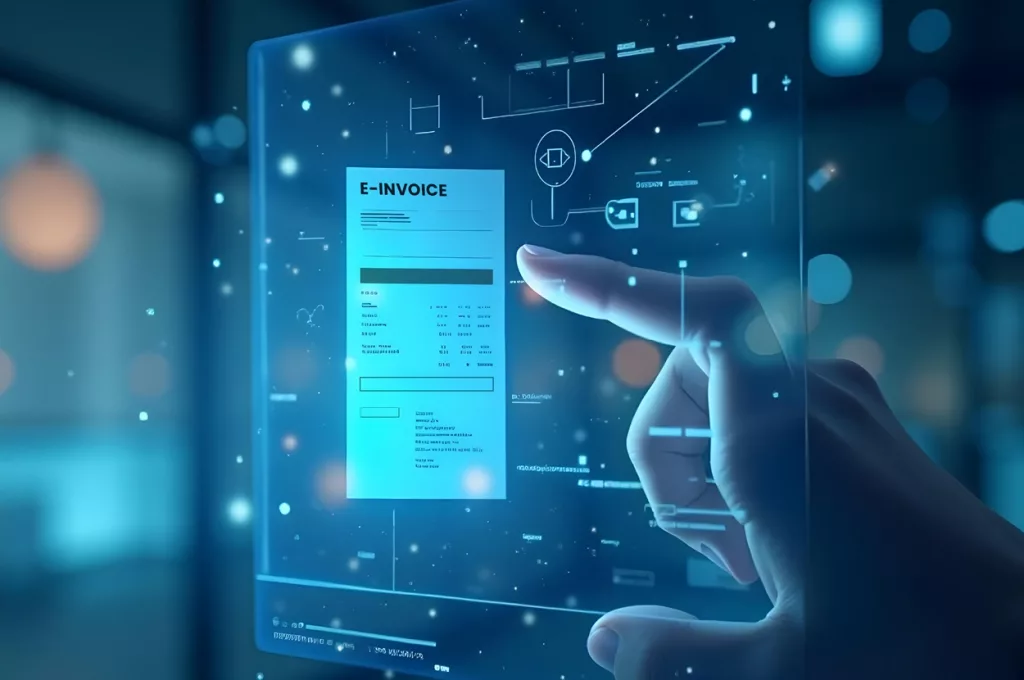VAT has outgrown the Tax desk
In the past, VAT was handled quietly by back-office teams. Today, it’s on the CFO’s radar—and for good reason. As tax authorities across Europe turn up the pressure on digital compliance and real-time reporting, VAT has become a finance leader’s concern. The VAT Gap of €134 billion in 2019 alone has become a focal point for EU tax authorities, leading to more aggressive enforcement, automation, and reform.
What EU VAT for CFOs means is simple: VAT strategy must be embedded into enterprise finance transformation initiatives. It touches everything from cash flow management and intercompany transactions to ERP architecture, integration of VAT tech EU and audit controls.
- A misstep in VAT reporting can block input credits or delay refunds.
- Filing errors across EU jurisdictions can trigger audits.
- New mandates like ViDA require real-time data sharing with tax authorities.
EU VAT for CFOs is no longer just about filing on time. It’s about controlling risk, managing working capital, integrating VAT tech EU, automating compliance process, and staying ahead of digital transformation.
With 27 member states operating with varying timelines and models, enterprises with multi-country operations must take a proactive, system-level approach to VAT readiness.
EU VAT Is Changing Fast. Are you keeping up?
Here’s what finance leaders are dealing with now:
| Challenge | What’s Changing |
| Filing Requirements | From monthly/quarterly reports to real-time reporting in many countries |
| Invoice Formats | From PDFs to structured XML/UBL e-invoices |
| Cross-Border Complexity | OSS, IOSS, reverse charge, multiple VAT registrations |
| Technology Mandates | e-Invoicing through Peppol or country-specific clearance systems |
| Audit Trail & Archival | Each country has different retention and format rules (5–10 years, digital format) |
A single sale can now trigger multiple obligations, depending on where the buyer is, what’s sold, and how it’s delivered.
ViDA Is Not Just a Proposal-It’s a Roadmap
The VAT in the Digital Age (ViDA) initiative is designed to simplify VAT across Europe. But for businesses, it means more change:
- E-invoicing will become the default, not the exception.
- Intra-EU sales must be reported in real time.
- Single VAT registration across the EU will replace multiple country-specific registrations.
Real-World Example: A software company in Germany selling to businesses in Spain must issue structured e-invoices and report the sale digitally—without delay. Without the right system, this could easily result in non-compliance.
The EU VAT for CFO Checklist: Key questions to ask
Before diving into solutioning, CFOs should evaluate the following:
- Do we have a single source of truth for tax-relevant data?
- Are our ERP systems equipped to handle multiple invoice formats (XML, UBL, CII)?
- Can we reconcile VAT data in real time across countries?
- Do we have the internal talent and governance to adapt to continuous mandates?
- How quickly can we scale to new jurisdictions or tax models?
These aren’t just compliance questions. They are business continuity questions.
What CFOs Can do Right Now
You don’t need to wait for a ViDA deadline. The best-prepared finance teams are already taking action.
1. Map Your Current VAT Processes
- Where are the bottlenecks?
- How many countries are you registered in?
- Who owns VAT compliance—locally or centrally?
This helps identify which gaps need fixing first.
2. Automate VAT Calculation and Validation
Manual tax logic no longer works in a real-time environment. Automating validations before submission reduces error rates, and speeds up filing.
3. Upgrade ERP or Integrate with a VAT Platform
Your core system should support:
- Country-specific tax rules
- Structured invoice formats and compliance with PEPPOL requirements
- Seamless connection to tax portals
- Ensure automated compliance process and workflow
If it doesn’t, plug into a solution that does.
4. Train Teams Regularly
Set up an internal VAT knowledge program—or what some call “VAT U.” Conduct webinars, demos tutorials and provide manuals for integrated VAT tech EU and process automation. Teams should understand:
- OSS/IOSS filing nuances
- Local and EU-wide e-invoicing mandates
- Penalties for delayed or incorrect filings
- System and workflow operations
Outcome-Oriented VAT: From Cost Center to Cash Flow Tool
When done right, VAT can become a cash-efficient and audit-resilient function. Here’s what changes:
| Old Way | New Approach |
| Last-minute reconciliations | Proactive validations and alerts |
| Siloed local filings | Centralized tax control across jurisdictions |
| Static spreadsheets | Real-time dashboards and anomaly detection |
| Missed input credit deadlines | Timely claims and faster refunds |
Pre-ViDA: Businesses operated under loosely harmonized local rules, using PDF or paper invoices, no data validations, quarterly filings, and inconsistent digital infrastructure.
Post-ViDA: Structured e-invoices, cross-border transparency, real-time data validations unified registration, and real-time submissions will become the norm by 2028.
The Strategic need for a unified VAT Compliance Stack

1. Single Source of Truth
A centralized repository for transaction data, tax codes, customer/vendor profiles, and compliance workflows reduces redundancy, ensures data integrity, and accelerates reconciliation.
2. Clear Data Storage and Access Control
Audit-ready, country-specific data retention protocols (5–10 years) with versioning, encryption, and controlled access are no longer optional.
3. Automated Validation and Verification
AI-driven invoice validations, tax logic mapping, and anomaly detection eliminate manual reviews and reduce error rates.
4. AI-Based Reconciliation
Link invoice lifecycles across return filing and national VAT reports with intelligent matching and alerting.
5. AI-Powered Data Exchange Utilities
Seamlessly convert ERP data to e-invoice formats (UBL, XML, JSON), integrate with multiple tax portals, and ensure format compliance.
6. Real-time dashboards and filing automation
View filing statuses, receive alerts, and push approved invoices and reports to national tax platforms from a single pane.
How Cygnet.One Supports CFOs in the EU VAT Journey
Cygnet.One brings clarity and control to your tax function with:
- Supports different integration methods ensuring easy data import from multiple source systems.
- VAT reporting across 27 EU states
- PEPPOL-compliant e-invoicing
- Direct API links to government portals
- Real-time data validation and reconciliation
- Future-ready compliance with ViDA
- End-to-end integration of EU-VAT and e-invoicing solutions
With Cygnet.One businesses can share data once and our integrated system can ensure streamlined and end-to-end compliance with VAT and e-invoicing requirements under one platform. It removes data silos, reduce compliance errors and enhance operational efficiency, Whether you’re a regional CFO or a global finance leader, Cygnet.One’s solution stands out as optimal choice, offering a cohesive, user-friendly and scalable solution complying with EU regulations while simplifying financial operations for CFOs. Conclusion: Lead the Change—Don’t Chase It
Compliance Is the Floor. Insight Is the Ceiling.
EU VAT is no longer a static regulation—it’s a moving system. As mandates get tighter and timelines shrink, CFOs who take ownership early will have a competitive edge.
As Europe transitions into a real-time VAT environment, the ability to comply will be table stakes. What separates top finance leaders will be their ability to harness compliance for strategic visibility, operational agility, and fiscal control.
In the digital VAT era, success won’t be measured only by avoided fines. It will be defined by how well finance teams leverage compliance architecture to unlock business insight.












